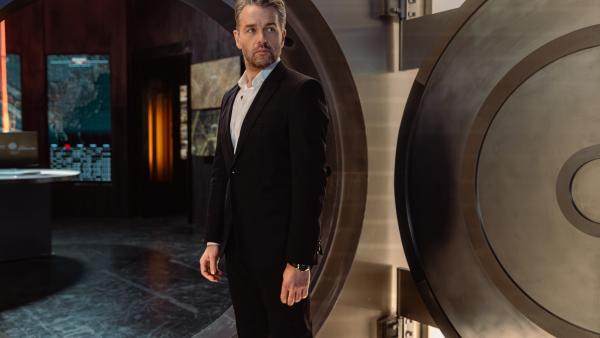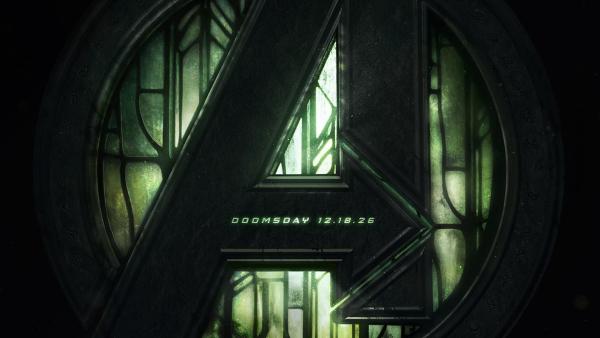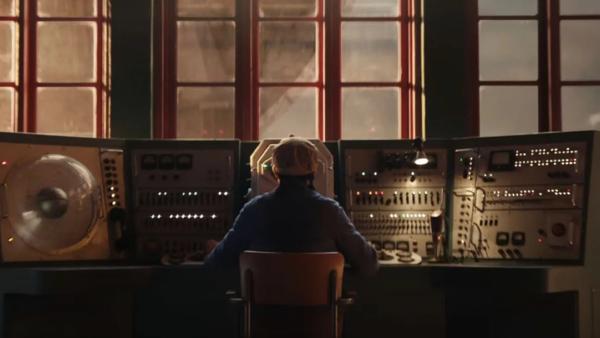
Series / Features
The Unfinished Task: Why Your Brain Loves a Good Cliffhanger
A look at the psychological drivers behind binge-watching, focusing on cliffhanger effects and dopamine.
In the series The Queen's Gambit, the final shot of a specific episode shows protagonist Beth Harmon in a crucial match against her rival, left with a move that could either secure her a win or lead to a devastating loss. This unresolved moment is a classic example of a cliffhanger, a narrative device designed to keep audiences engaged.
This technique is not unique to chess dramas. A cliffhanger is a tool used to abruptly halt a narrative at a point of high tension or suspense, leaving a key question unanswered. The psychological response to this is a desire for resolution, which drives viewers to watch the next installment.
The "cliffhanger effect" is tied to a psychological phenomenon known as the Zeigarnik effect. This concept, proposed by Soviet psychologist Bluma Zeigarnik, suggests that people remember unfinished tasks better than completed ones. The brain's need for closure creates mental tension.
When a series episode ends on a cliffhanger, the unresolved plot acts as an unfinished task. The brain's desire to find out what happens next creates a powerful motivation to continue watching. This mechanism is central to the binge-watching model of content distribution.
The suspense and emotional conflict created by a cliffhanger trigger a neurochemical response. The anticipation of a resolution can lead to the release of dopamine, a neurotransmitter associated with pleasure and reward. The body seeks more of this feeling.
This dopamine release reinforces the behavior of watching the next episode. A clinical psychologist, Renee Carr, stated that "The neuronal pathways that cause heroin and sex addictions are the same as an addiction to binge watching." This highlights the brain's strong response to the pleasurable feedback loop of continuous viewing.
In the series Breaking Bad, the mid-season five finale ends with DEA agent Hank Schrader discovering a book in Walter White's bathroom, revealing his brother-in-law's secret identity as the drug kingpin "Heisenberg." This sudden revelation left viewers with an intense need to see what would happen next.
Another instance can be seen in the sitcom Friends, where a season finale concluded with Ross saying Rachel's name at the altar instead of Emily's. This cliffhanger, while comedic, created emotional suspense and speculation for months. These examples show how cliffhangers are not limited to one genre.
- The Psychology Behind Binge Watching - Psychology Today
- What Is the Zeigarnik Effect? - Verywell Mind
- The Binge-Watching Brain - The New York Times
- Why We Get Addicted to Binge-Watching TV - CNBC
This technique is not unique to chess dramas. A cliffhanger is a tool used to abruptly halt a narrative at a point of high tension or suspense, leaving a key question unanswered. The psychological response to this is a desire for resolution, which drives viewers to watch the next installment.
The Desire For Completion
The "cliffhanger effect" is tied to a psychological phenomenon known as the Zeigarnik effect. This concept, proposed by Soviet psychologist Bluma Zeigarnik, suggests that people remember unfinished tasks better than completed ones. The brain's need for closure creates mental tension.
When a series episode ends on a cliffhanger, the unresolved plot acts as an unfinished task. The brain's desire to find out what happens next creates a powerful motivation to continue watching. This mechanism is central to the binge-watching model of content distribution.
Neurochemical Responses
The suspense and emotional conflict created by a cliffhanger trigger a neurochemical response. The anticipation of a resolution can lead to the release of dopamine, a neurotransmitter associated with pleasure and reward. The body seeks more of this feeling.
This dopamine release reinforces the behavior of watching the next episode. A clinical psychologist, Renee Carr, stated that "The neuronal pathways that cause heroin and sex addictions are the same as an addiction to binge watching." This highlights the brain's strong response to the pleasurable feedback loop of continuous viewing.
Practical Examples of the Effect
In the series Breaking Bad, the mid-season five finale ends with DEA agent Hank Schrader discovering a book in Walter White's bathroom, revealing his brother-in-law's secret identity as the drug kingpin "Heisenberg." This sudden revelation left viewers with an intense need to see what would happen next.
Another instance can be seen in the sitcom Friends, where a season finale concluded with Ross saying Rachel's name at the altar instead of Emily's. This cliffhanger, while comedic, created emotional suspense and speculation for months. These examples show how cliffhangers are not limited to one genre.
Used Sources
- The Psychology Behind Binge Watching - Psychology Today
- What Is the Zeigarnik Effect? - Verywell Mind
- The Binge-Watching Brain - The New York Times
- Why We Get Addicted to Binge-Watching TV - CNBC













